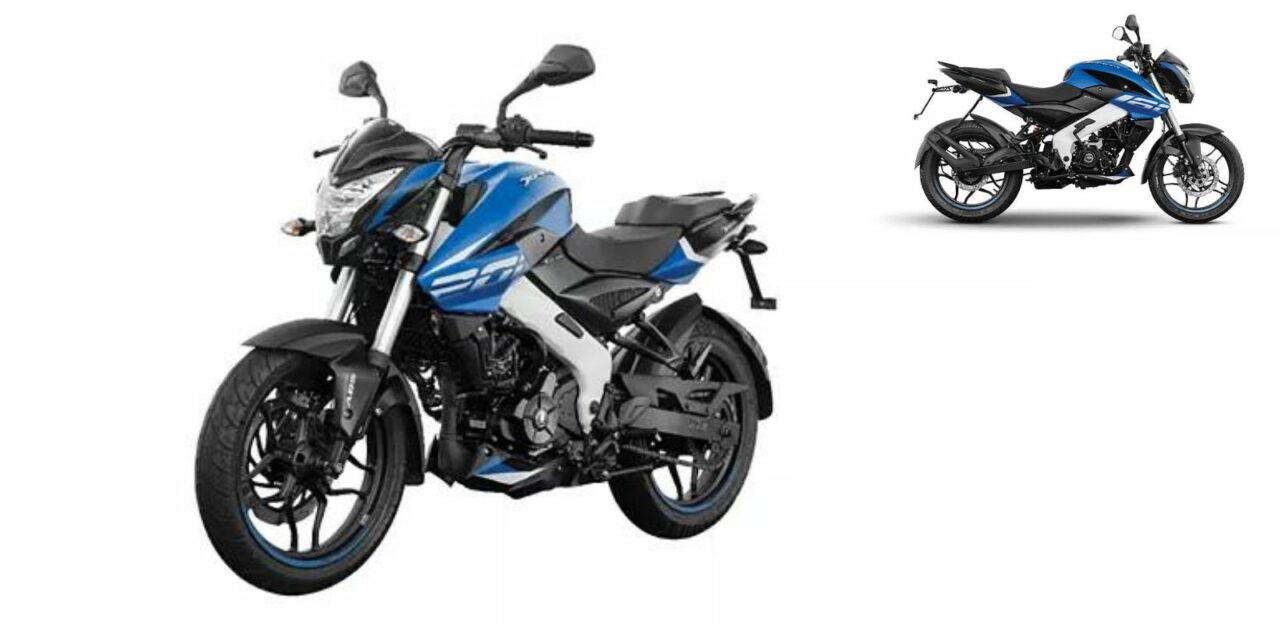
2023 Bajaj Pulsar NS160 and NS200 gain key updates such as upside-down front forks, dual-channel ABS, lighter wheels, etc
Following a set of teasers, Bajaj Auto has introduced the updated Pulsar NS160 and NS200 in the domestic market. The Chakan-based manufacturer already sells the new Pulsar naked duo under the Dominar 160 and Dominar 200 nomenclature in Brazil. Now, India has gained similar updates, which makes for a big surprise as Bajaj has new motorcycles available in a close price range.
The 2023 Bajaj Pulsar NS160 is priced at Rs. 1.35 lakh and the updated NS200 costs Rs. 1.47 lakh (ex-showroom, New Delhi). Compared to the respective previous models, the price of the NS160 is up by Rs. 10,000 while the NS200’s price has gone up by Rs. 7,000. The biggest updates in both motorcycles are the dual-channel ABS system and an upside-down front fork setup.
The dual-channel ABS system is now standard on both motorcycles. The naked streetfighter range first debuted back in 2012 and it has remained unaltered largely. The Bajaj Pulsar NS200’s kerb weight has gone down a little to 158 kg courtesy of the lighter alloy wheels. The 2023 Pulsar NS160 now uses wider section tyres at the front and rear and lighter wheels too.
The new tyres have upped the kerb weight by 1 kg to 152 kg. The USD front forks allow for improved agility and cornering characteristics in the 2023 Bajaj Pulsar NS160 and NS200. With the duo renowned for good manoeuvrability, the USD will only help garner more attention. As for the performance, the same 199.5 cc, single-cylinder, liquid-cooled engine is utilised.
It has been updated to OBD-2 compliance and continues to produce a maximum output of 24.13 bhp at 9,750 rpm and 18.74 Nm of peak torque at 8,000 rpm. It is mated to a six-speed gearbox. The updated Bajaj Pulsar NS160 features the familiar 160.3 cc single-cylinder oil-cooled engine, which is good enough to develop 17.2 hp and 14.6 Nm, paired with a five-speed transmission.
The styling remains the same while the perimeter frame, semi-digital instrument cluster, rear monoshock suspension, fuel tank capacity, halogen headlamps and turn signals, front and rear disc brakes, etc have been carried over. We do not expect any big difference in fuel economy as well.


